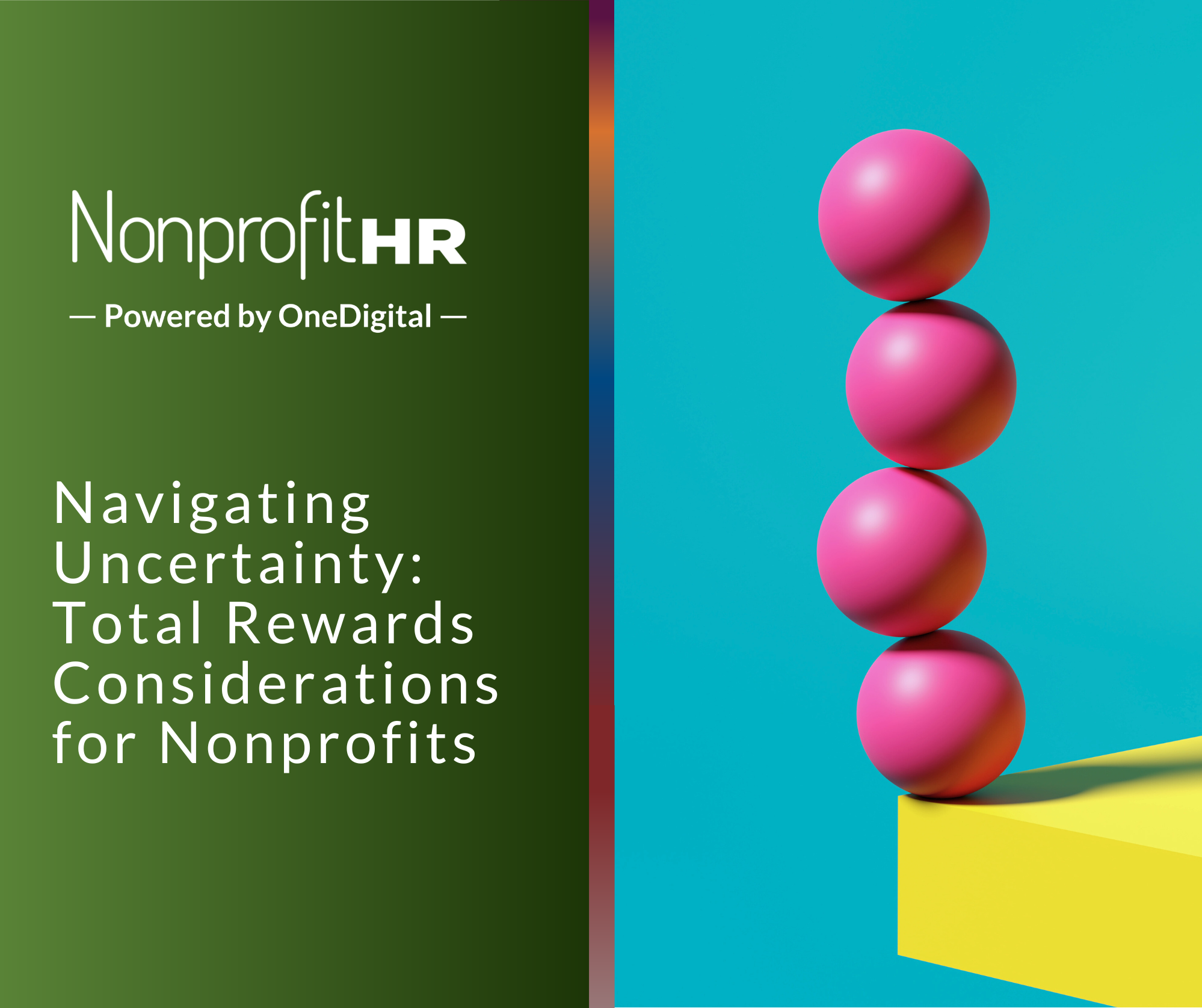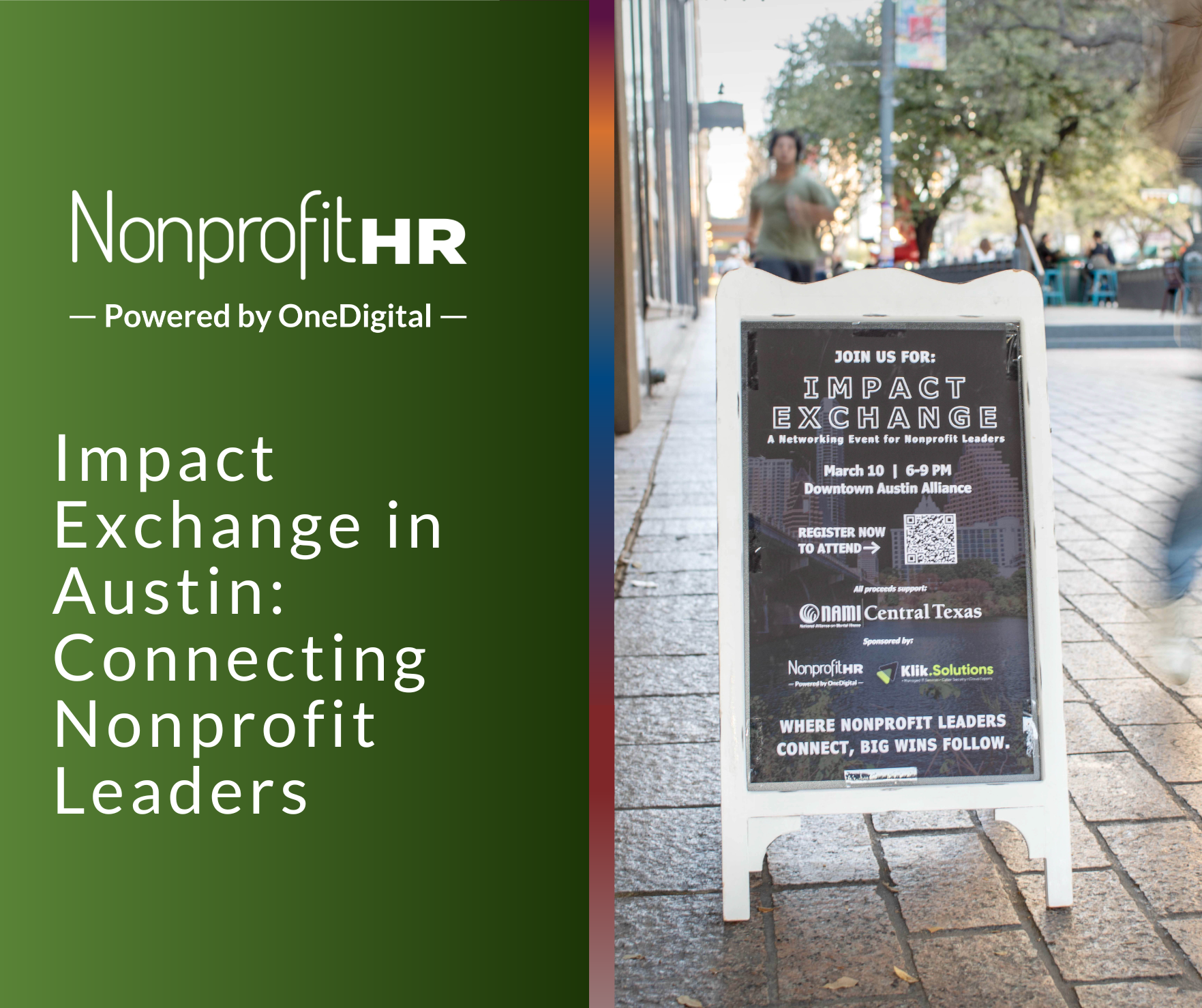WTOP: 5 ways nonprofits can…
As an executive leader spearheading a social impact organization, I’m sure you can agree that the last three years were about managing through change and being empathetic but resilient. As leaders, we had to be emotionally fit but focus on self-care and ensure others did the same. The business-as-usual approach was disrupted, and leaders across all sectors, particularly social sector executives, were stepping into a new way of leading where human compassion was at the center of managing a workforce.
Many — if not all of us — not only managed challenging workplace issues but also leaned into required leadership competencies, such as cultural competence, confidence, effective communication, resilience, and mastering transformational change; all continue to be growth opportunities that purposefully pushed each of us to lead our organizations forward effectively. As we continue to embrace the undeniable transformation that we are experiencing, there are five imperatives that social sector leaders cannot ignore.
- Generative AI — Artificial intelligence will be one of the most defining priorities for social impact organizations. With the rise of AI intertwined in our business strategies, technology has already shifted many organizations to repurpose how we usher in and reposition our leadership to lead and deploy an entrepreneurial growth mindset. An entrepreneurial growth mindset is no longer the responsibility of the CEO. It requires all employees to embrace innovative thinking. AI is the gift that will keep giving in 2024 and beyond. Based on Nonprofit HR’s 2023 Social Impact AI Pulse Survey, 82% of respondents indicated that generative AI will impact their organization’s need to develop staff to leverage the technology in the next 1-3 years. Now is the time for social impact leaders to adopt a framework and be proactive on HR and talent management strategies.
- Data-Driven — Data-driven decisions will support your 2024 organizational strategy. As executive leaders make business decisions and demand data from their teams, the focus will be on innovation and the game-changing value you create and deliver to the community and stakeholders. For example, if you have a development leader, meet with them weekly to ensure you understand how your fundraising strategy will exponentially support your vision. But challenge old habits and approaches that may have worked in the past that are now outdated. Leverage data and conduct pulse surveys to create or refresh your fundraising initiatives and objectives. When you collect and use data to your advantage, credibility tends to follow. The communities you serve are your best storytellers. When the basic needs of people are improved because of your organization and you have data to back up those stories, it drives change. Data-driven executive leaders that prioritize data collection and effective analysis can leverage insights to make informed decisions, implement strategic plans, and communicate transparently with stakeholders, building trust and establishing clear goals for the future.
- People Management — Your people management and human resource strategies should focus on reskilling and upskilling to ensure you are rebuilding a highly collaborative culture. Teams operating in silos no longer work. Take the path less traveled to manage some of the most challenging issues and trends your chief human resources officer (CHRO) has gathered that are top of mind. If you have not had a year-end meeting with your CHRO, you’re already behind in setting your organization up for a bold people-first agenda next year. Depending on how your organization is structured, if you’re the CEO, you may also serve as the “chief culture officer” in partnership with your CHRO. Executive leaders must tune into an ever-changing landscape that beats like a drum throughout the talent management lifecycle of their organization. According to our Nonprofit Talent Management Priorities Survey, 93% of respondents prioritized culture and employee engagement in 2023. As leaders, we must continue to listen, hear and learn from the voices of our employees and individual contributors to give your talent management strategy the boost it will need to be unstoppable in 2024.
- Collaborative Partnerships — For social sector board members hiring and onboarding a new CEO or executive leader in 2024, be prepared to serve as a convener of collaborative partners. Tap into the resources of organizations like Independent Sector, a nonprofit membership organization that brings together a diverse community of changemakers, nonprofits, foundations, and corporations working to strengthen civil society to ensure all people in the United States thrive. The social sector is the third largest workforce in the U.S., with over 10 million NGOs and nonprofits — including more than two million nonprofits. Notably, these organizations contribute an estimated $1.5 trillion to the U.S. economy, representing roughly 5.7% of United States GDP. What this means is that the social sector cannot fade into the edges of the world; all 501c entities, including B-corps, co-ops, social enterprises, quasi-government organizations, fraternal societies and social clubs, associations, political and faith-based organizations, labor unions, and other institutions are unique but have an opportunity to work with each other. Collaborative partnerships allow nonprofits to accomplish more based on mutual goals and emerge as one voice.
- Reimagine Business Alliances — To enhance your mission and vision, we must reimagine business alliances. As a social sector, the individual missions of our organizations require each of us to build bridges to solve some of the most unique issues today. People are behind every educational institution, business association as well as arts and culture, healthcare, housing, religious, and political organization. As leaders, we are responsible for encouraging other leaders to vacate the status quo of how we serve and grow our organizations. Imagine meeting annually with some of the most influential social sector executive leaders from each subsector to analyze and discuss some of the most challenging issues. Reimagining business alliances strengthens our capacity to solve some of the most complex social issues.
With these five imperatives top of mind, executives across the social sector can expect undeniable transformation. Warning — don’t get caught in the weeds, but instead, proactively lead your organization, communicate and be transparent, and be prepared to shift your culture and business strategy to thrive through more change in 2024.
If we’ve learned anything over the past three years, change is inevitable. But more importantly, how you pivot as a leader will signal to others to trust and stand with you as you roll over speed bumps that halt your momentum.
Contributing Author
Patricia “Patty” Hampton, CSC, MCPC
Managing Partner & Chief Social Impact Officer
[email protected]
View full bio.






























